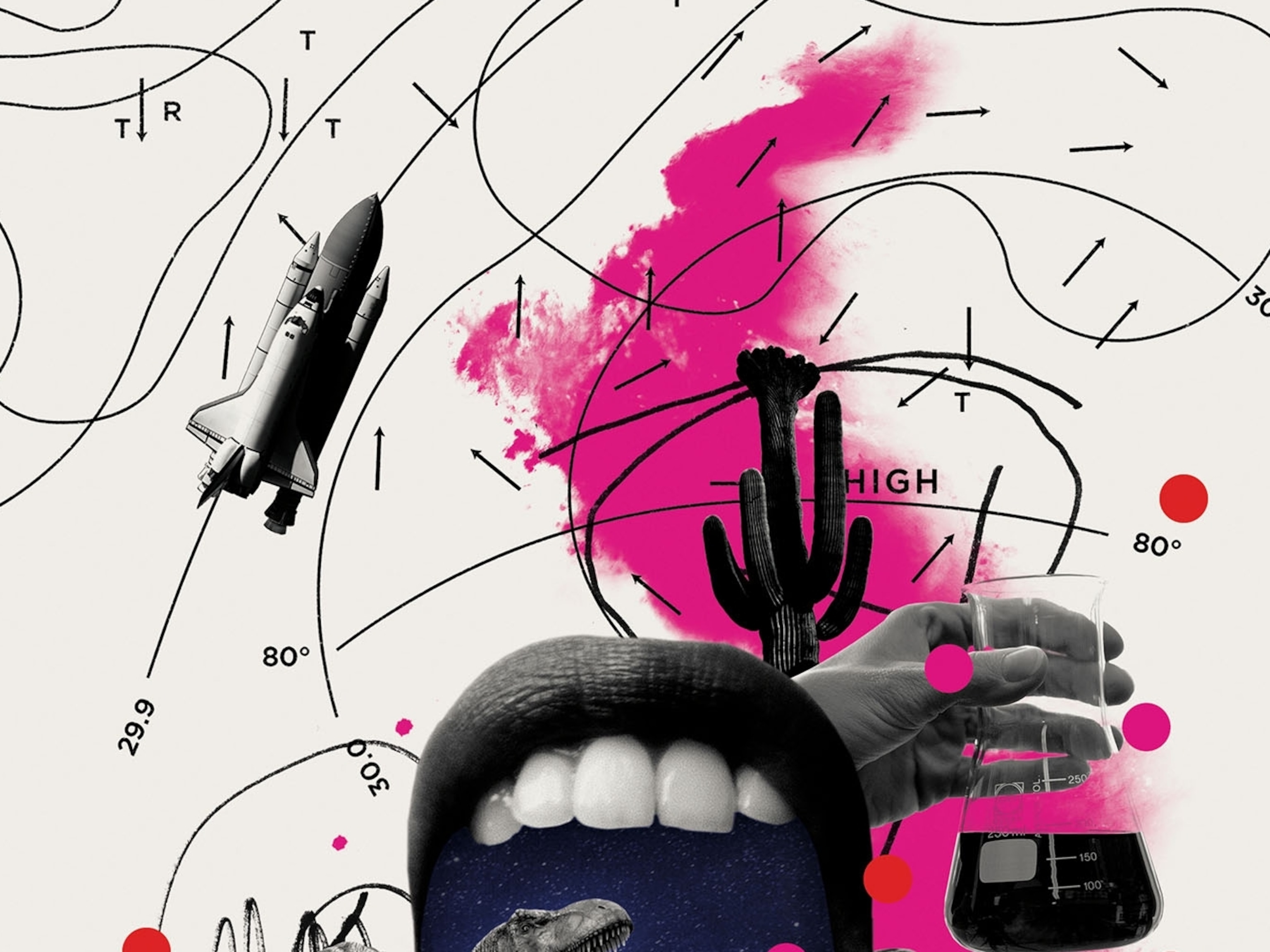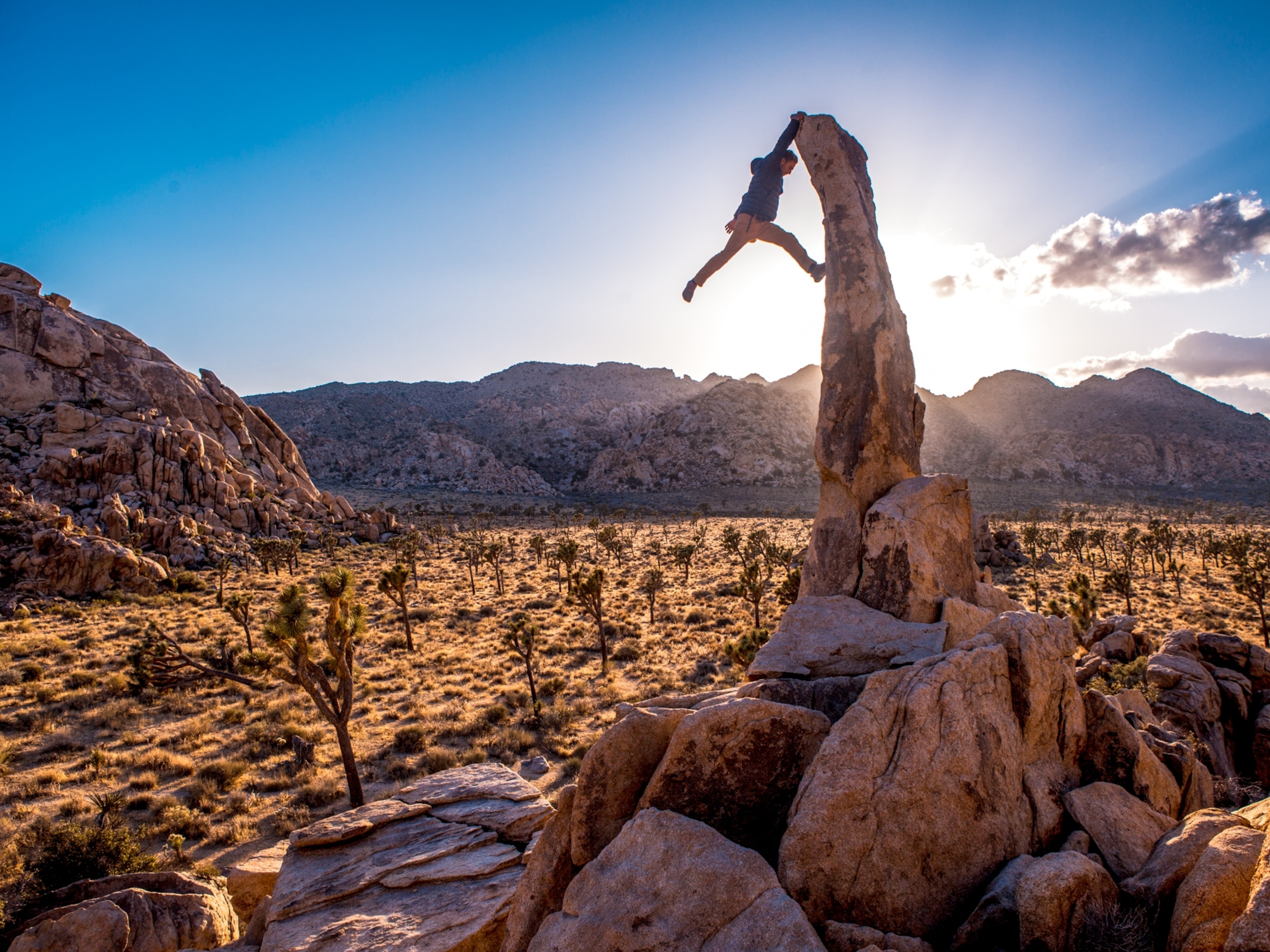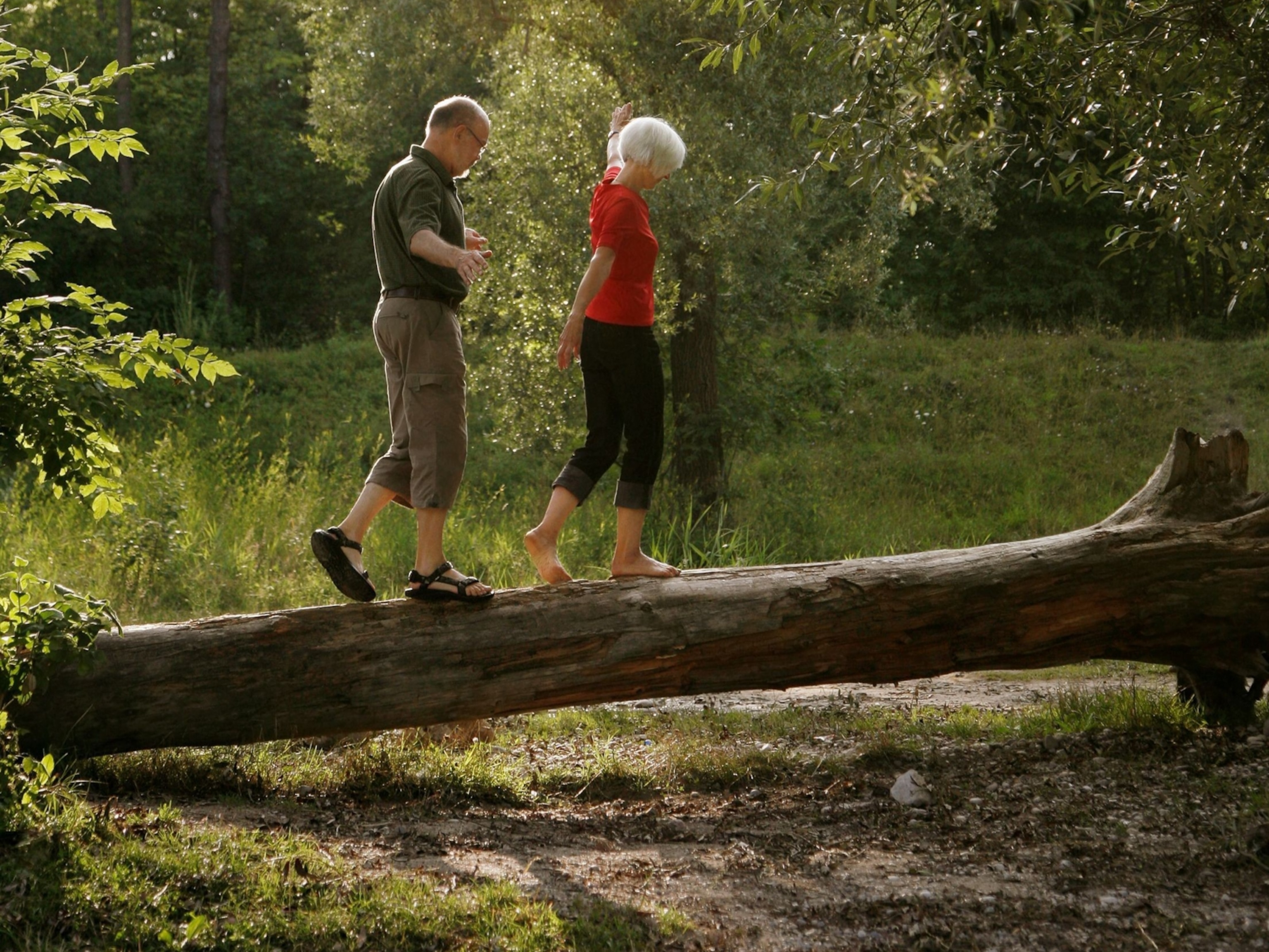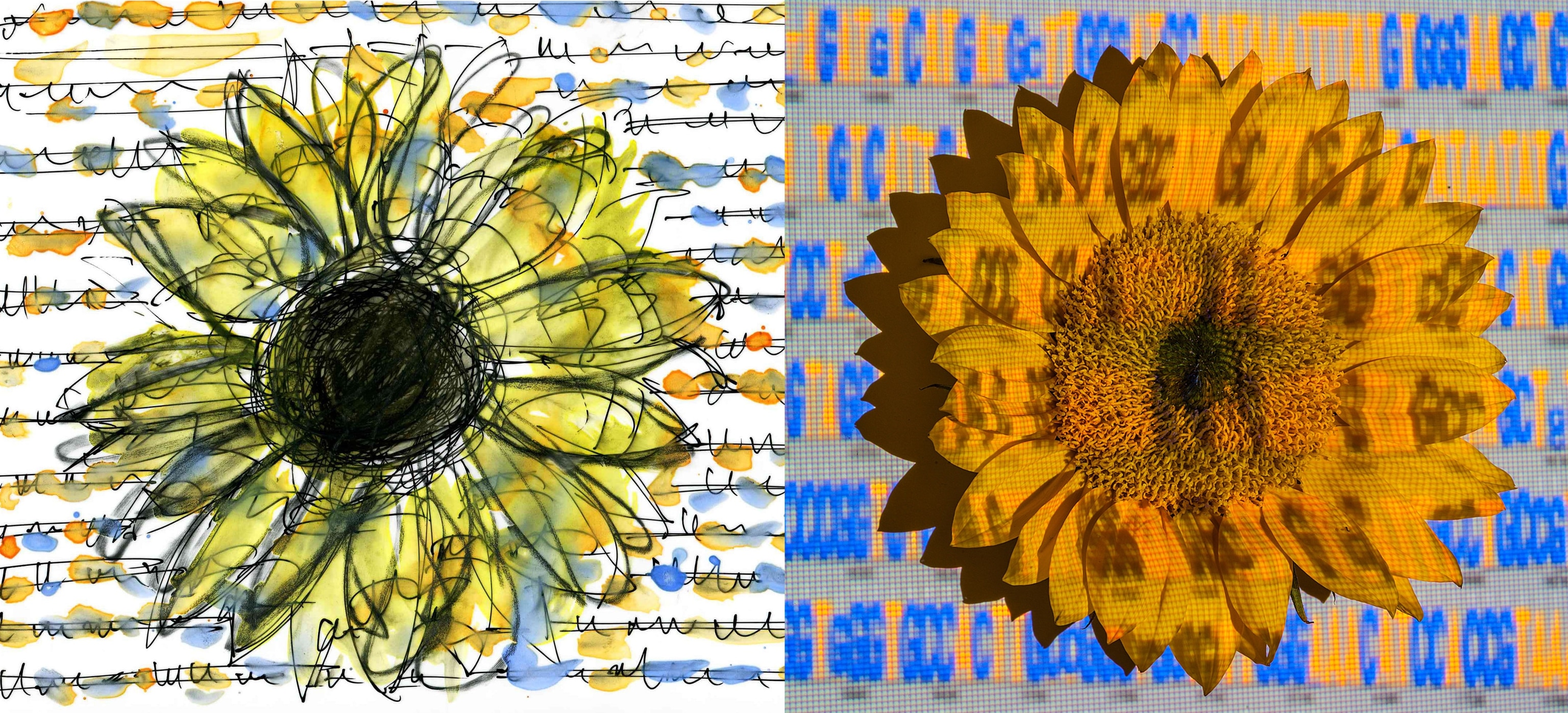
The Photographic Sketchpad: Craig Cutler Brings Science to Life
Illustrating National Geographic magazine science stories with photography can be a trying exercise. As a senior picture editor at the magazine, my process begins with exhaustive research; identifying key researchers; and finally contacting them to probe their wonderful minds (visiting them is even better). When this is complete, the translation of the science into the visual narrative begins and the collaboration with the photographer kicks in.
“The Next Green Revolution” in the October issue of National Geographic magazine is a good example. I had the pleasure of working with photographer Craig Cutler, a well-known conceptual photographer and director based in New York City. His editorial and advertising work includes clients such as IBM, Starbucks, MTV, NASCAR, The New York Times Magazine, Esquire, and Bon Appétit.
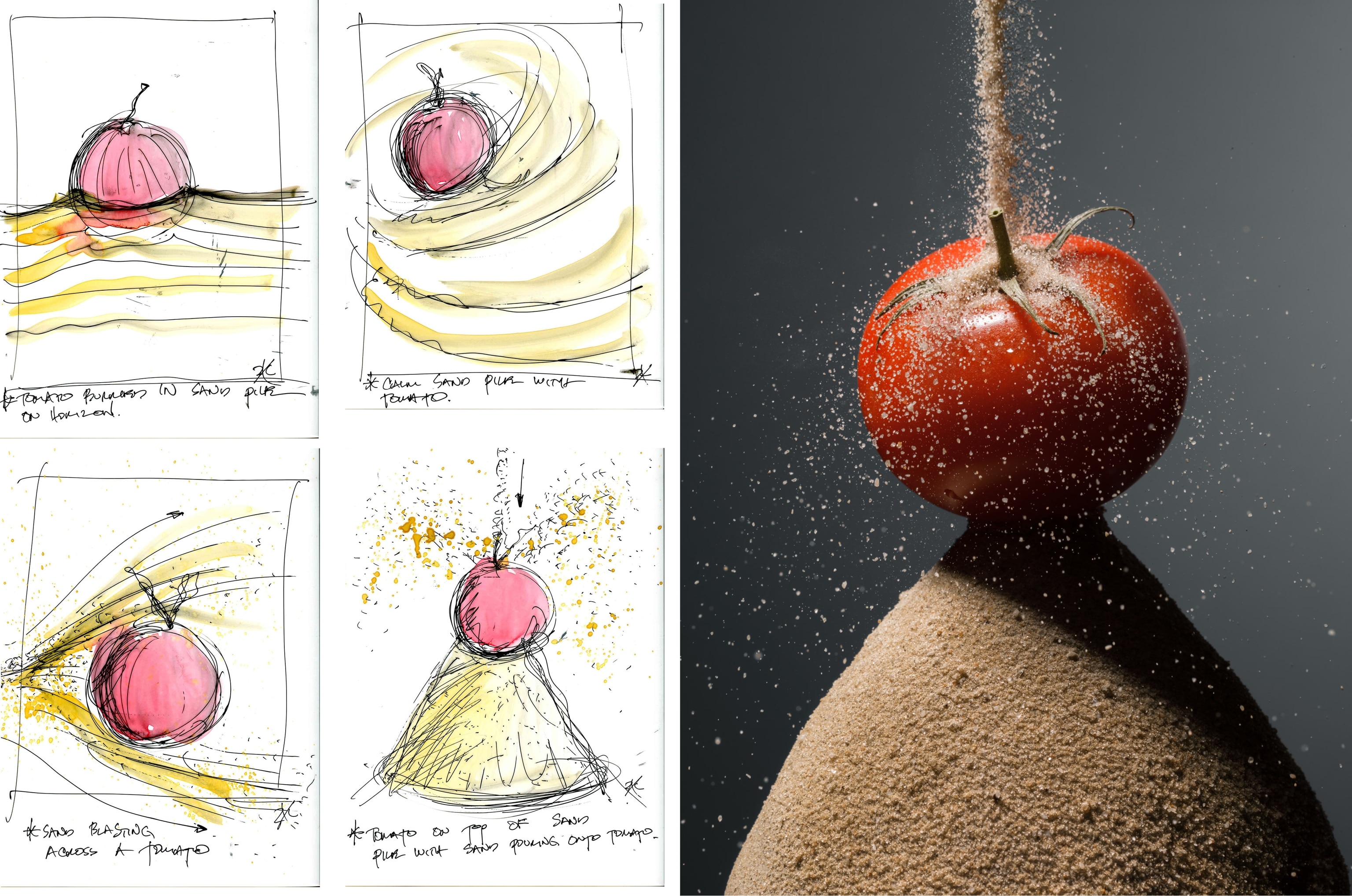
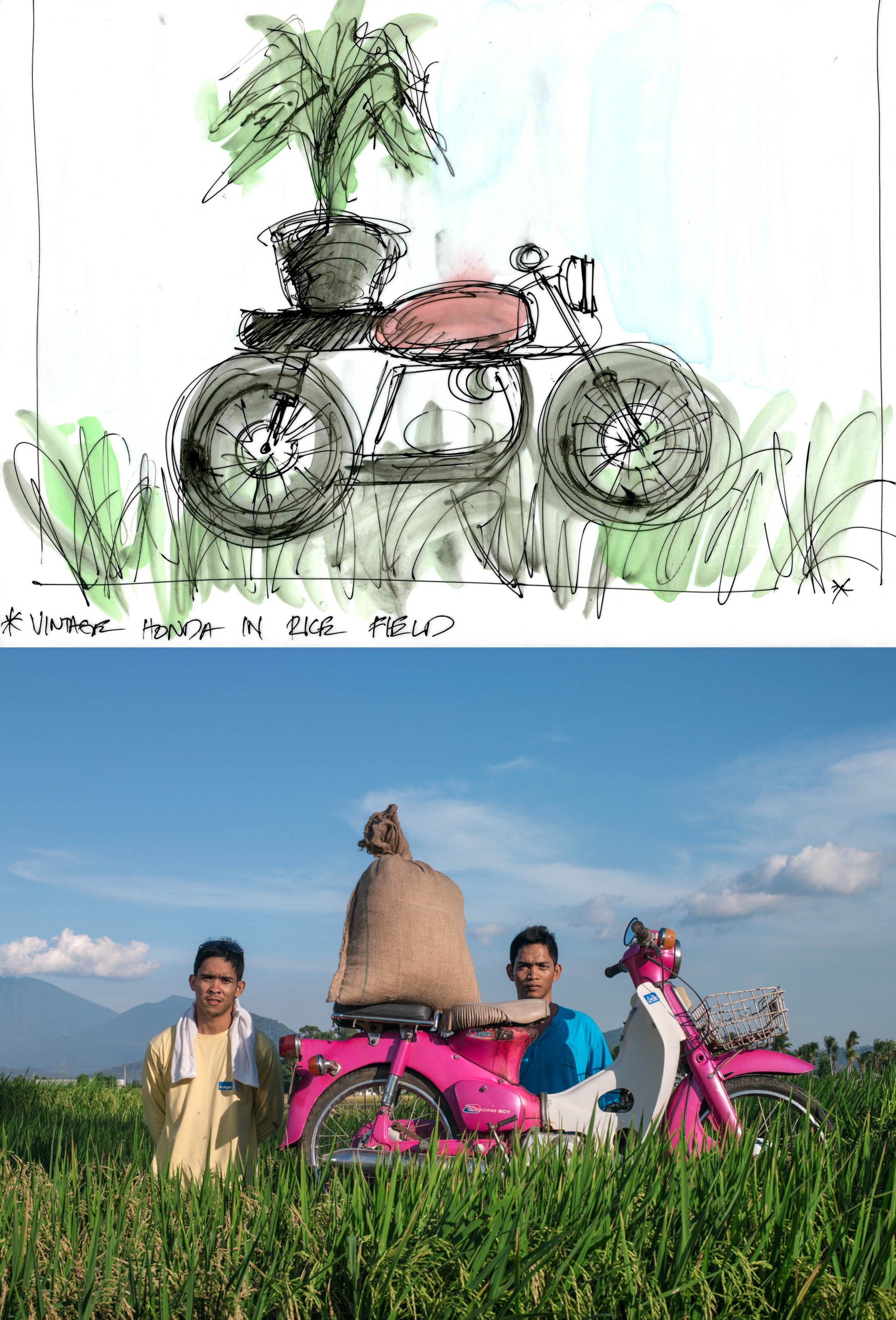
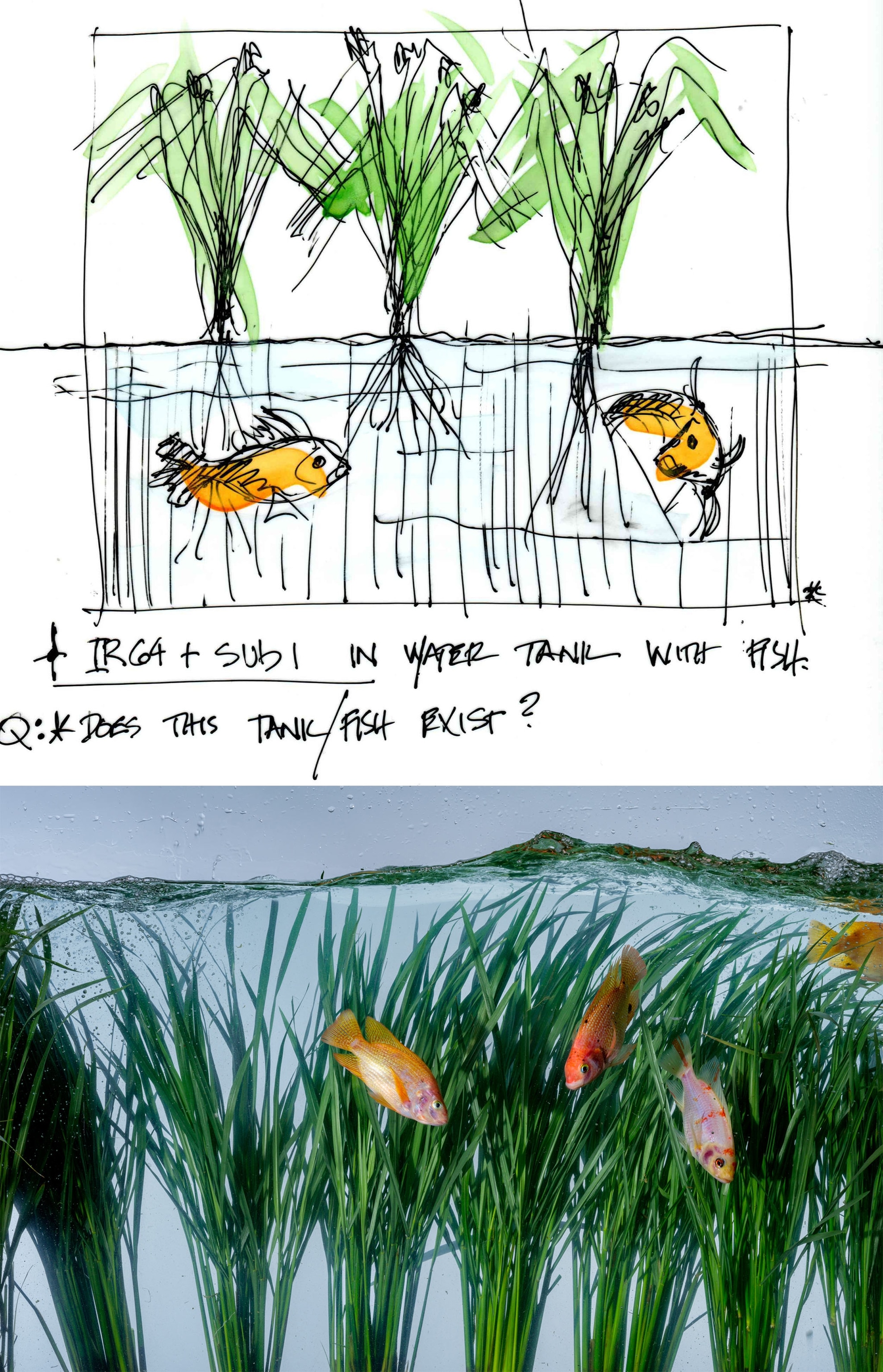
What separates Craig from all the other photographers that I work with is his use of hand-drawn sketches. “I virtually do a photo shoot in my head through my sketches,” said Cutler. Although he doesn’t consider them a work of art—“It’s a tool to get to whatever you’re doing”—I certainly did.
After graduating with a degree in graphic design, he set aside his drawing skills and began his photographic career assisting studio photographers in New York City. But just four years ago he rediscovered his latent talent and began using his sketching prowess to conceive, brainstorm and visualize his ideas.
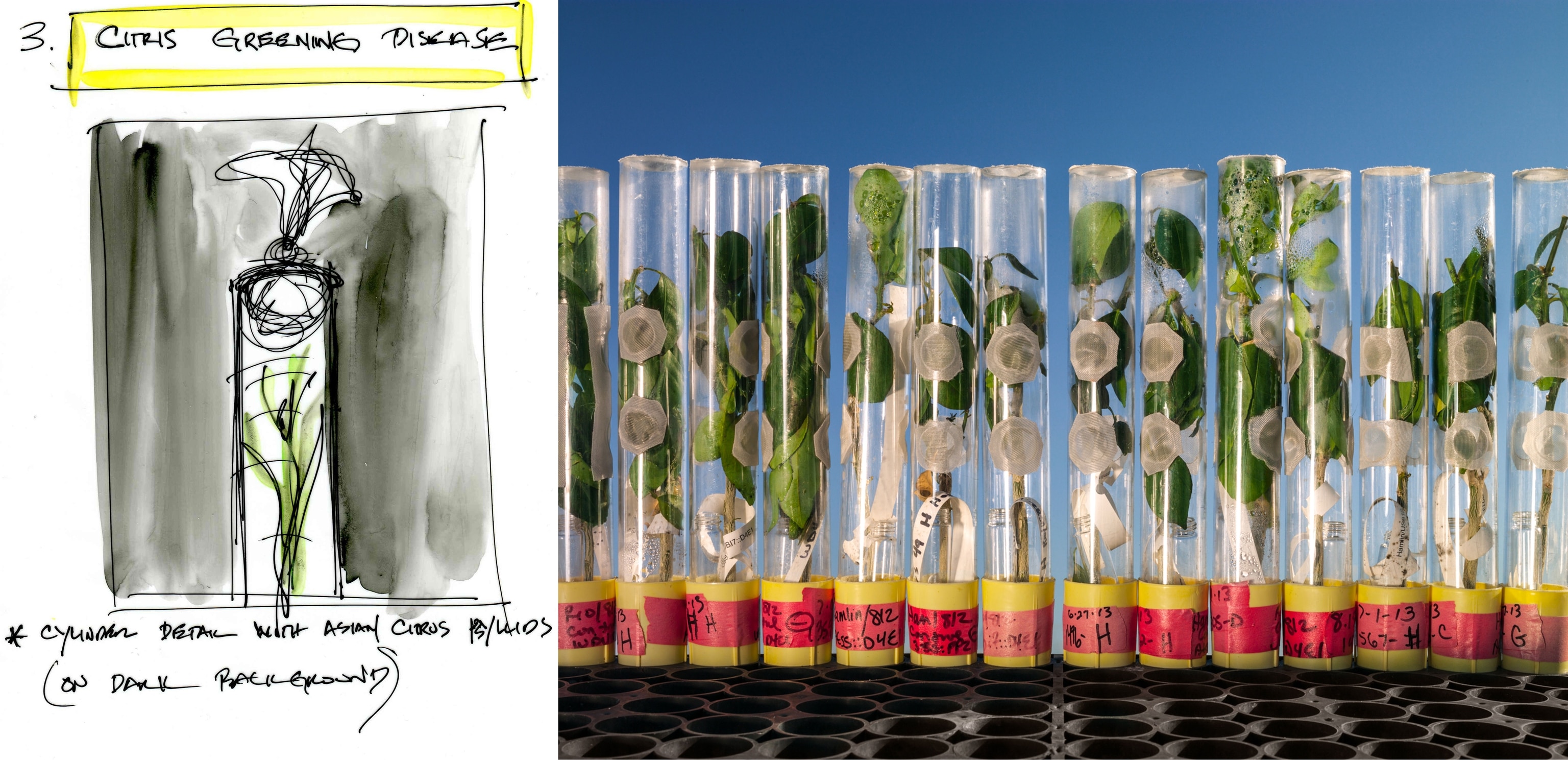
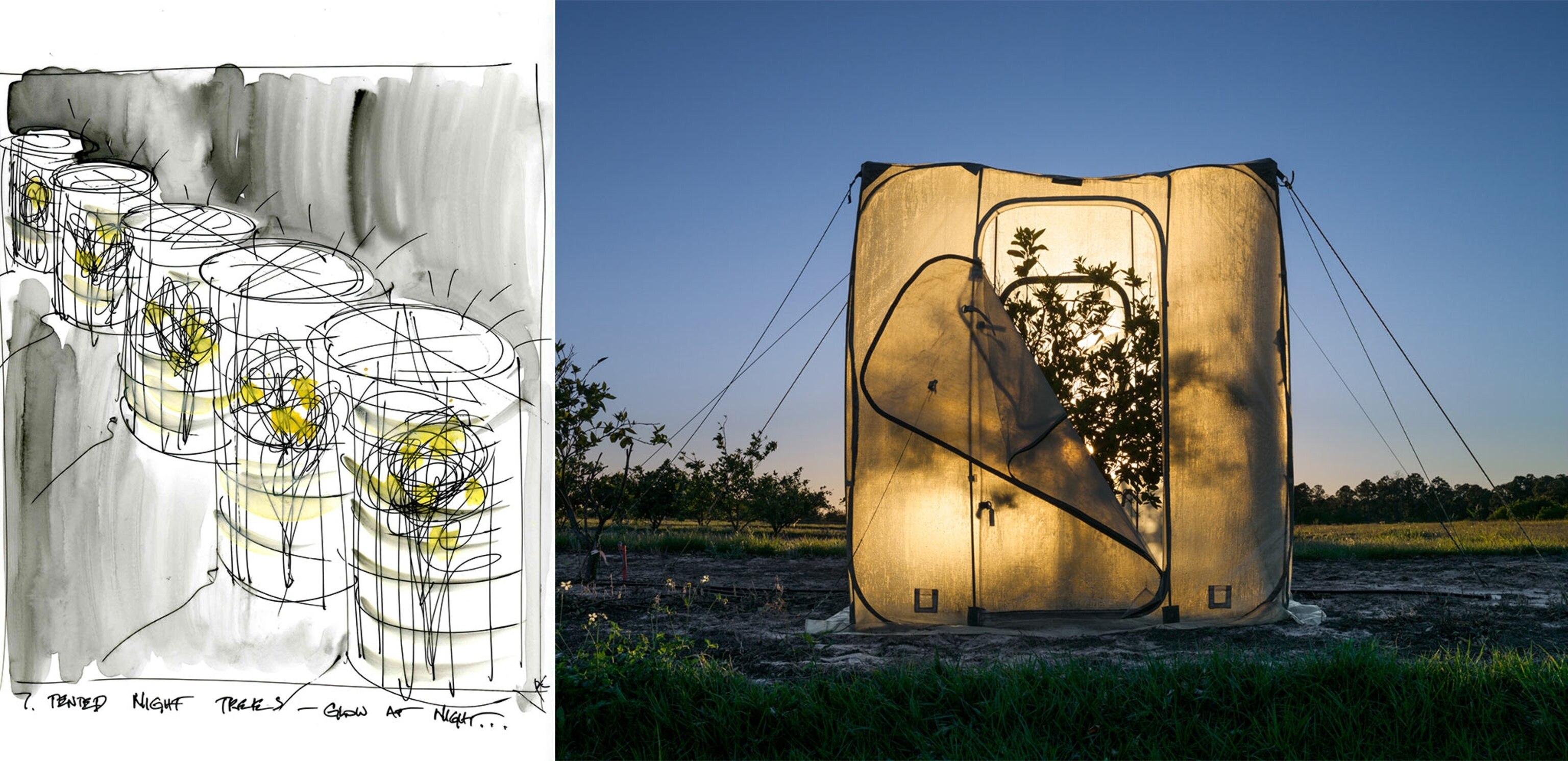
“It took me a while to realize how much they are a benefit to me to explain to my clients what I’m thinking, he said. So in the last three or four years, I have gone full circle and do a lot more sketching. It began with the IBM smart campaign that I worked on. They asked me to come up with ideas. So I started doing hundreds and hundreds of sketches for them. Now I do it all the time.”
“Especially in my personal work I draw things out, draw things out, then I decide whether I’m going to continue in that direction or not. It’s a nice process. I can tell right away if it’s going to be something to keep pursuing,” Cutler said.
“I recently did a commercial in Los Angeles and I’m constantly walking around with a clipboard with a sketch pad and I’m constantly drawing things out and that’s kind of what I do,” he said.
He sketches in black-and-white and color. But Cutler doesn’t necessarily like it when the photo matches his sketch. “To be honest with you, I don’t think that it’s a good thing. I wish the photography elevates to something else. I think the sketch should be the sketch and the final thing should be something even more. Sometimes I get very frustrated that it’s too literal. I feel like I let myself down a little bit that I copied it too much.”
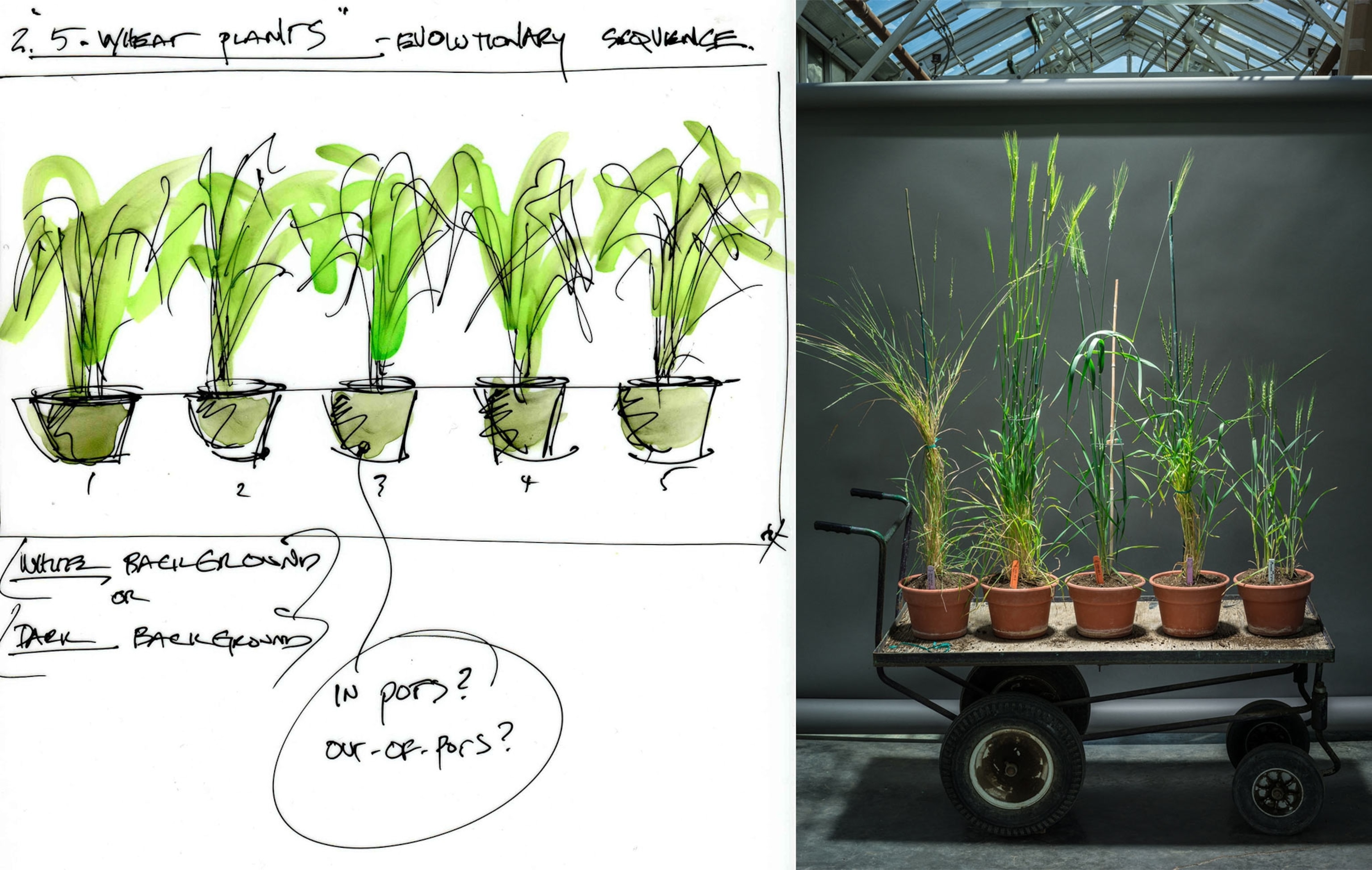
I asked him what advice he gives young photographers. “Everybody can take a great picture, but unless you have a concept behind the picture, you’re not going to remember it, he said. I do a lot of teaching and a lot of people out of school have a hard time. They can do everything on the computer, but they can’t put an idea down on paper. Their biggest problem is . . . they always come to me and ask, ‘how do you come up with ideas?’ I try to teach how to come up with an idea; how to read something and how come up with a concept.”
“To me, Cutler said, working on the National Geographic story was wonderful—traveling to the Philippines and all the other locations—but my favorite part was sitting and drawing these drawings out. That was my favorite part.”
Author’s note: I would like to thank the following people and their organizations for all their help with the photography in this post: Colin Khoury, a visiting researcher at the International Center for Tropical Agriculture; Janelle Jung, Science Education and Communication Consultant, and all the researchers at the International Rice Research Institute (IRRI); Bikram Gill and Duane Wilson, Kansas State University; Karla Roeber, Donald Danforth Plant Science Center; and David Hall and Ed Stover, U.S. Horticultural Laboratory, Fort Pierce, Florida.
View more pictures and read “The Next Green Revolution” in the October 2014 issue of National Geographic. This story is part of National Geographic‘s special eight-month "Future of Food" series.
Follow Craig Cutler’s work on his website.

